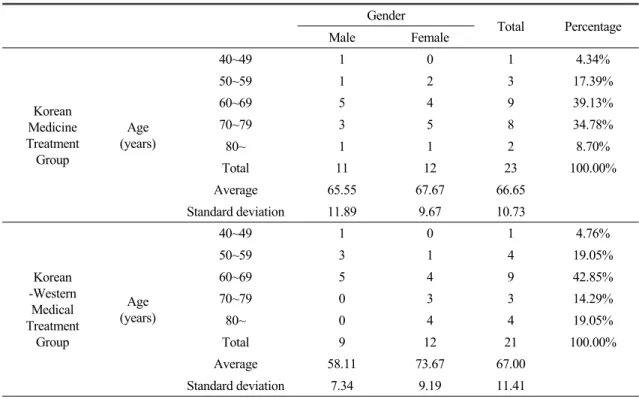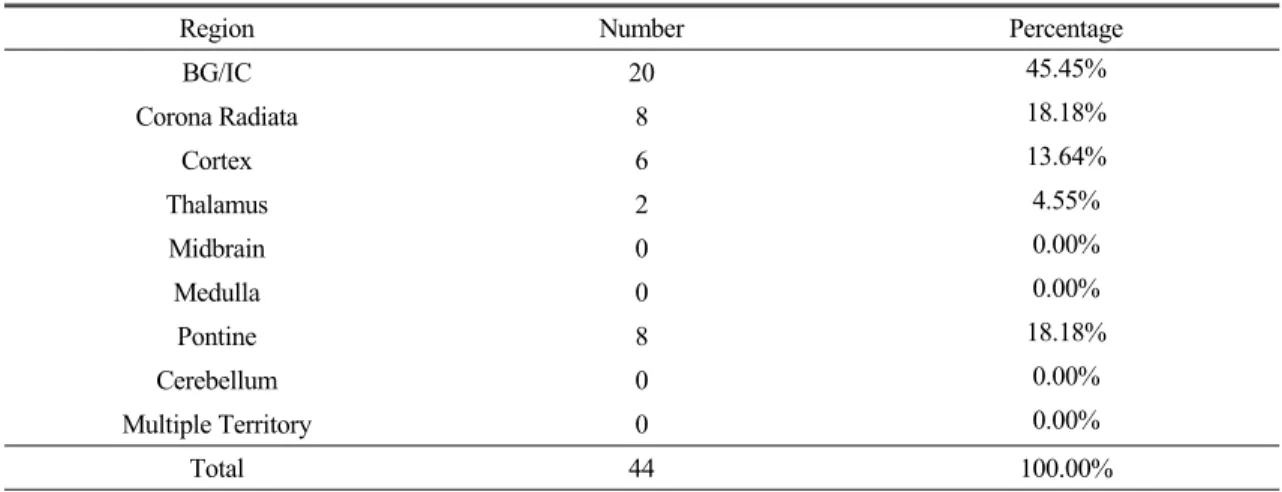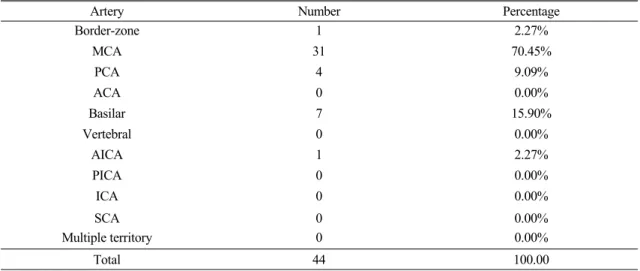Introduction
Stroke is one of the three major causes of death around the world and it has been the second highest cause of death after malignant neoplasm in Korea for the past few years
1). Western medicine classifies the disease into ischemic stroke, cerebral hemorrhage, transient
cerebral ischemia, hypertensive encephalopathy, and others
2). The clinical manifestations vary across body and mind depending on the impaired parts,and they range from disorders of conscio- usness, movement, perception, visual, speech and language faculties, the nervous system, and convulsions, in addition to others. The risk of death is high since symptoms worsen very rapidly from the onset of a stroke. Furthermore, even when it does not lead to death, it causes severe inconvenience to the patients themselves and their families in their daily lives due to neurological damage, and the other sequelas mentioned above
3). Recent studies
4-6)found that
received : 5 December 2007
received in revised from : 5 December 2007 accepted : 15 December 2007
Correspondence to : Jung-Nam Kwon
Department of Korean Medicine, Korean Hospital of Dong- Eui University, Pusan, Korea
(Tel : + 82-51-850-8622 / Fax : +82-51-867-5162 E-mail : jnkwon@demc.or.kr)
A Clinical Study of Korean Medical Treatment and Korean and Western Medical Treatment on
Acute Ischemic Stroke Patients
Jong-Deuk Kim
1, Jung-Nam Kwon
1, Young-Gyun Kim
1, Sang-Hee Lee
1, Sang-Heon Kim
1, Yeon-Hui Son
1, Jae-Kyu Kim
21
Department of Korean Medicine, Korean Hospital of Dong-Eui University, Pusan, Korea
2


